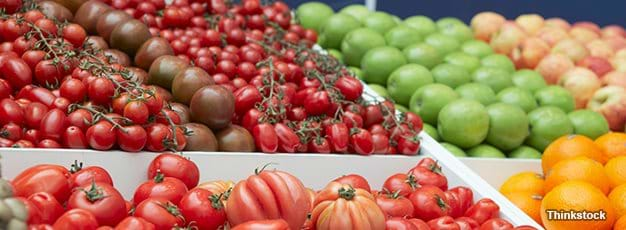R&D and Productivity Lag in Food Manufacturing

The food manufacturing and processing industry (referred to here as food manufacturing) processes agricultural commodities, after they have been harvested, into food and animal feed products, but it does not include food wholesaling and retailing activities. In 2009, food manufacturing accounted for 13.5 percent of total U.S. manufacturing in terms of value of shipments. Research and development (R&D) spending by the global food manufacturing industry has generally been comparable in size with that of all agricultural input industries combined (see "Private Industry Investing Heavily, and Globally, in Research To Improve Agricultural Productivity" in this issue) but in recent years has risen more rapidly. ERS researchers estimate that R&D expenditures by the global food manufacturing industry reached $11.5 billion in 2007, with the U.S. accounting for $3.1 billion of the total. However, research intensity (research spending relative to the value of production) in U.S. food manufacturing is relatively low, at about 1.5 percent, compared with 10 percent for total U.S. manufacturing. Research intensity is also much higher in several agricultural input industries than in food manufacturing.
Food manufacturing R&D differs significantly from R&D in the agricultural input industries. Input industries generally seek to reduce the resources needed for production, such as through increases in crop yields (saving land) or mechanization (saving labor). In comparison, food manufacturers largely focus on new product development, driven primarily by consumer demand for convenience, quality, and value. An estimated 20,000 new food products are introduced in the U.S. annually. While some of these new products embody technical change, only about 10 percent are thought to be true innovations. The average lifespan of a new food product is relatively short.
Productivity growth in food manufacturing, based on total factor productivity (TFP), has been significantly less than that for total manufacturing and for agriculture. TFP measures the value added per combined unit of labor and capital employed in an industry. Growth in TFP reflects technical change that saves on labor and capital inputs. From 1980 to 2006, TFP growth in U.S. food manufacturing was only about 8 percent, compared with 92 percent in total U.S. manufacturing and 146 percent in U.S. agriculture. Other high-income countries showed similar patterns of relatively low TFP growth in food manufacturing. This finding supports the idea that relatively little labor- and capital-saving innovation occurred in food manufacturing overall during the period.
Research Investments and Market Structure in the Food Processing, Agricultural Input, and Biofuel Industries Worldwide, by Keith Fuglie, Paul Heisey, John King, Carl E. Pray, Kelly Day Rubenstein, David Schimmelpfennig, Sun Ling Wang, and Rupa Karmarkar-Deshmukh, USDA, Economic Research Service, December 2011


